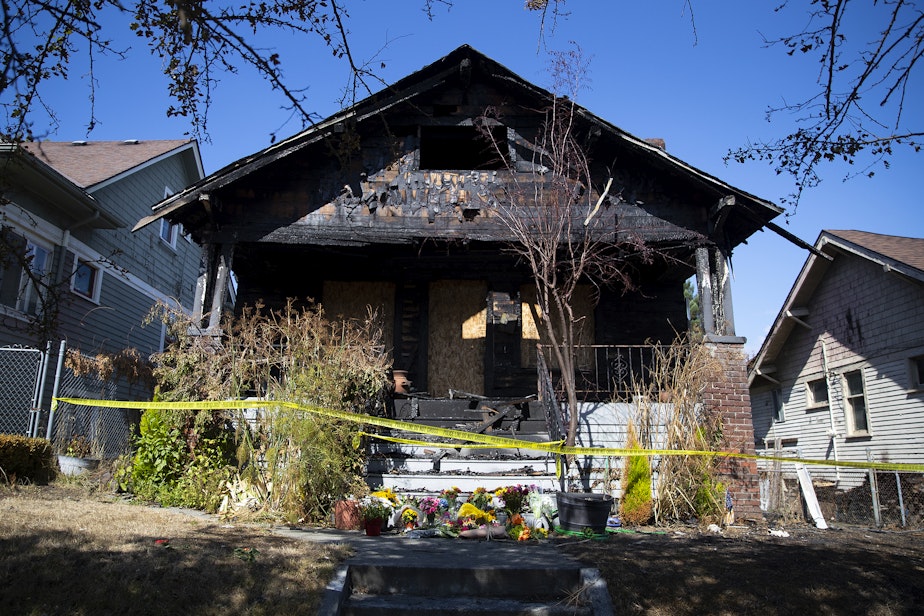Understanding 'familicide' after Seattle's murder-suicide in Wallingford

Four people died in the house fire in Seattle’s Wallingford neighborhood on Saturday: A father, Salvatore Ragusa, 48, mother, Lana Stewart, 40, and two children, Sebastiano Ragusa, 7, and Valentina Ragusa, 4 months.
An 11-year-old child escaped, police said.
Salvatore Ragusa died by suicide, the medical examiner said. Lana Stewart died by “multiple sharp force injuries.” The baby died from smoke inhalation; the boy died of “asphyxia, inhalation of toxic products of combustion.”
The crime follows many of the classic patterns of “familicide” — killing one’s partner and children.
Familicide is rare: According to one review study, the incidence rate is about 1-2 per 10 million people annually. The rate of intimate partner homicide is 100 times that.
That study found that the perpetrators are almost always men, usually in their 30s or 40s, and often with financial difficulties and mental health problems — including depression, psychosis or paranoia, and personality disorders. King County District Court records say Ragusa suffered from “paranoid delusions and grandiose beliefs.”
Ragusa had completed a required, 24-month supervision and treatment plan from the Mental Health Court on Feb 8, 2022.
A timeline of events
The vast majority of familicide victims are killed in their own homes, usually with guns but sometimes by suffocation, poisoning, fire, or other methods.
Researchers have suggested that there are at least two kinds of familicide. In “despondent” familicide, the perpetrator kills the family for “pseudo-altruistic” reasons, believing the family will not be able to cope without him. Researchers call that an “extended suicide.”
In “hostile” familicides, the perpetrator is motivated by jealousy and revenge, and is much less likely to kill himself.
In both cases, the perpetrator usually has a patriarchal, proprietary perspective on the family, and does not view the children as separate from his partner.
Perpetrators of familicide tend to be different from those who kill just their partner or just their children.

Familicide perpetrators are more likely to have a personality disorder, and are less likely to have committed a previous violent offense than people who kill their partners but not their children. They’re more likely to have a higher level of education and a history of mental health treatment, and more likely to die by suicide, than people who kill their children or stepchildren but not their partner.
In another local familicide case, in 2012, Josh Powell killed himself and his children, three years after authorities suspect he killed their mother.
Seattle police say Ragusa set fire to his ex-wife’s apartment in 2019; he was charged with assault, domestic violence, and arson — and his case was referred to mental health court.





